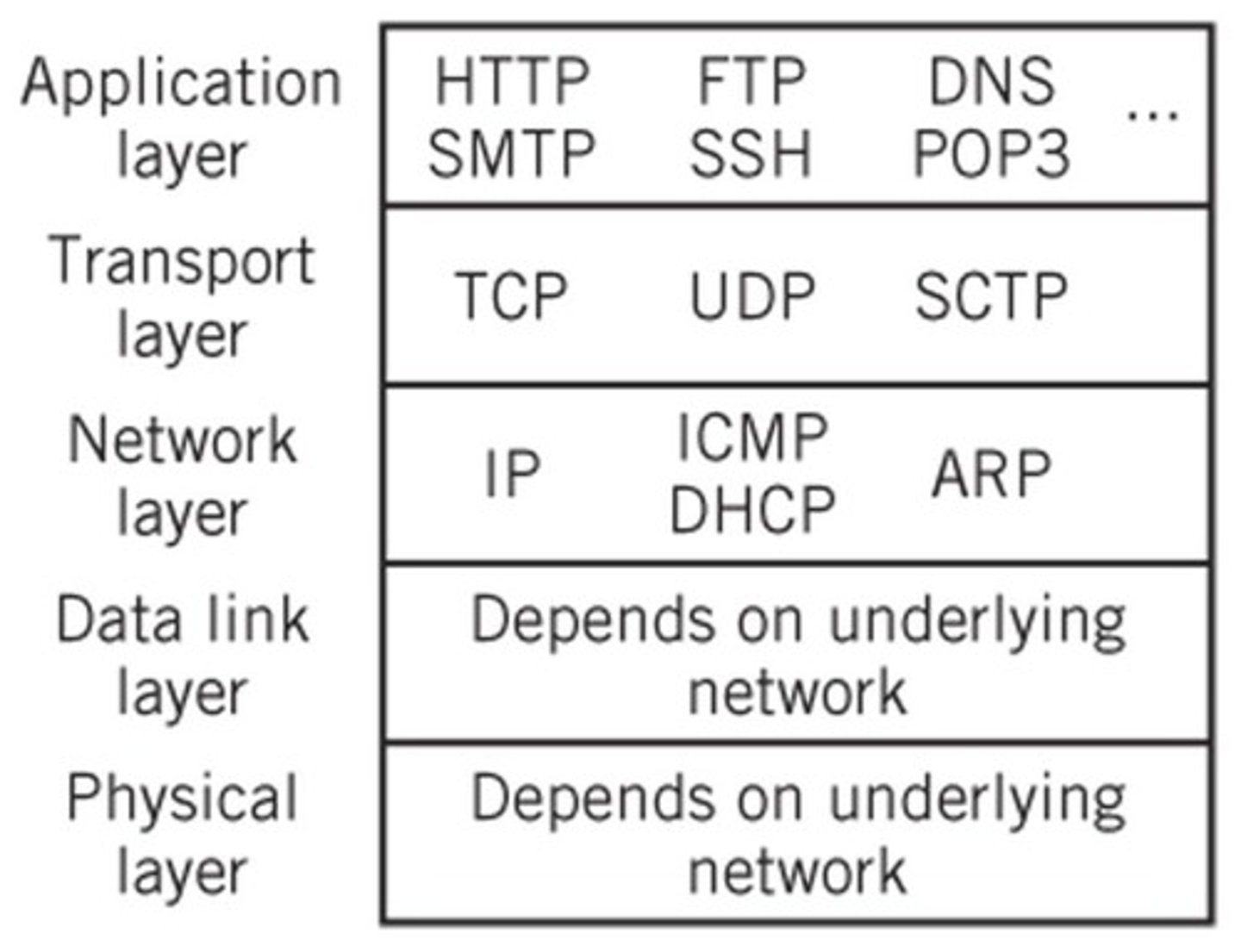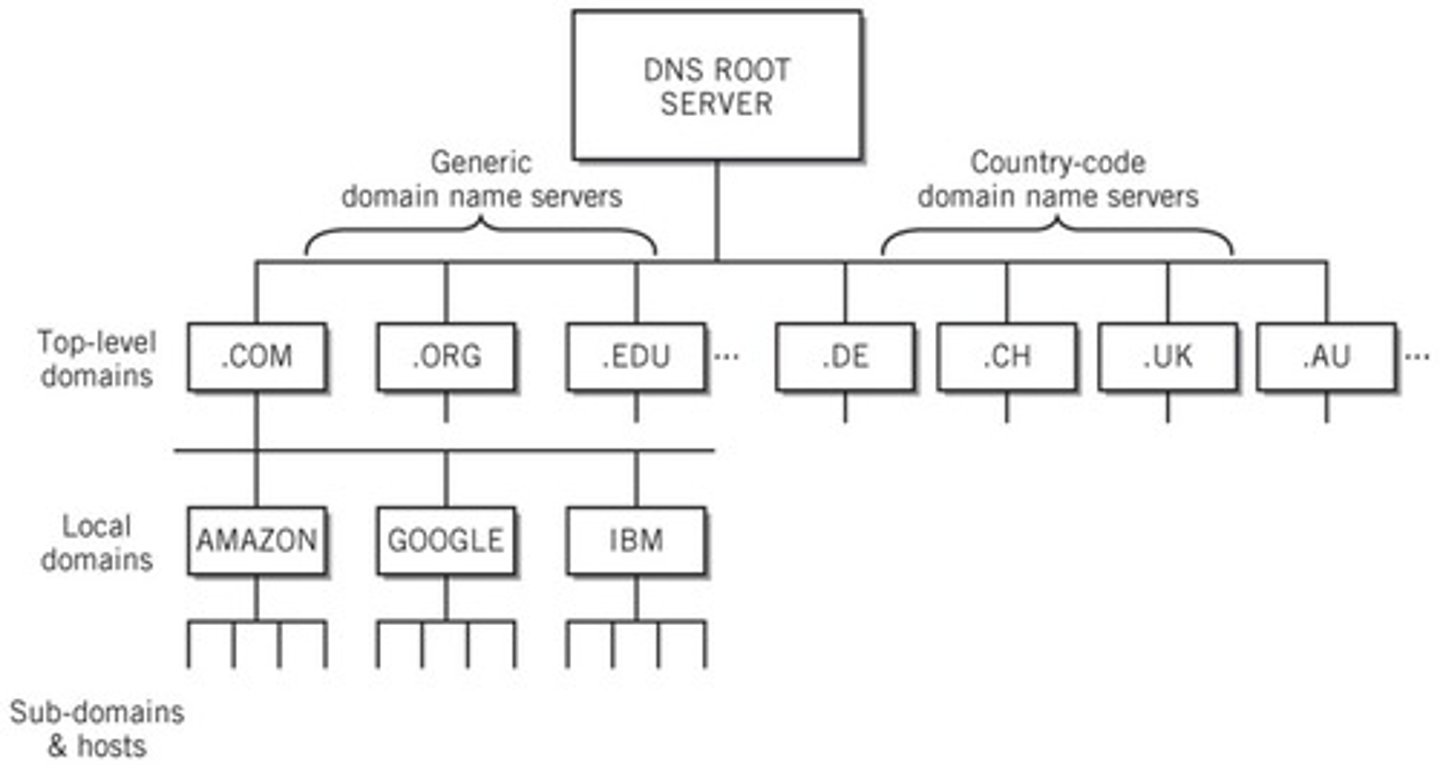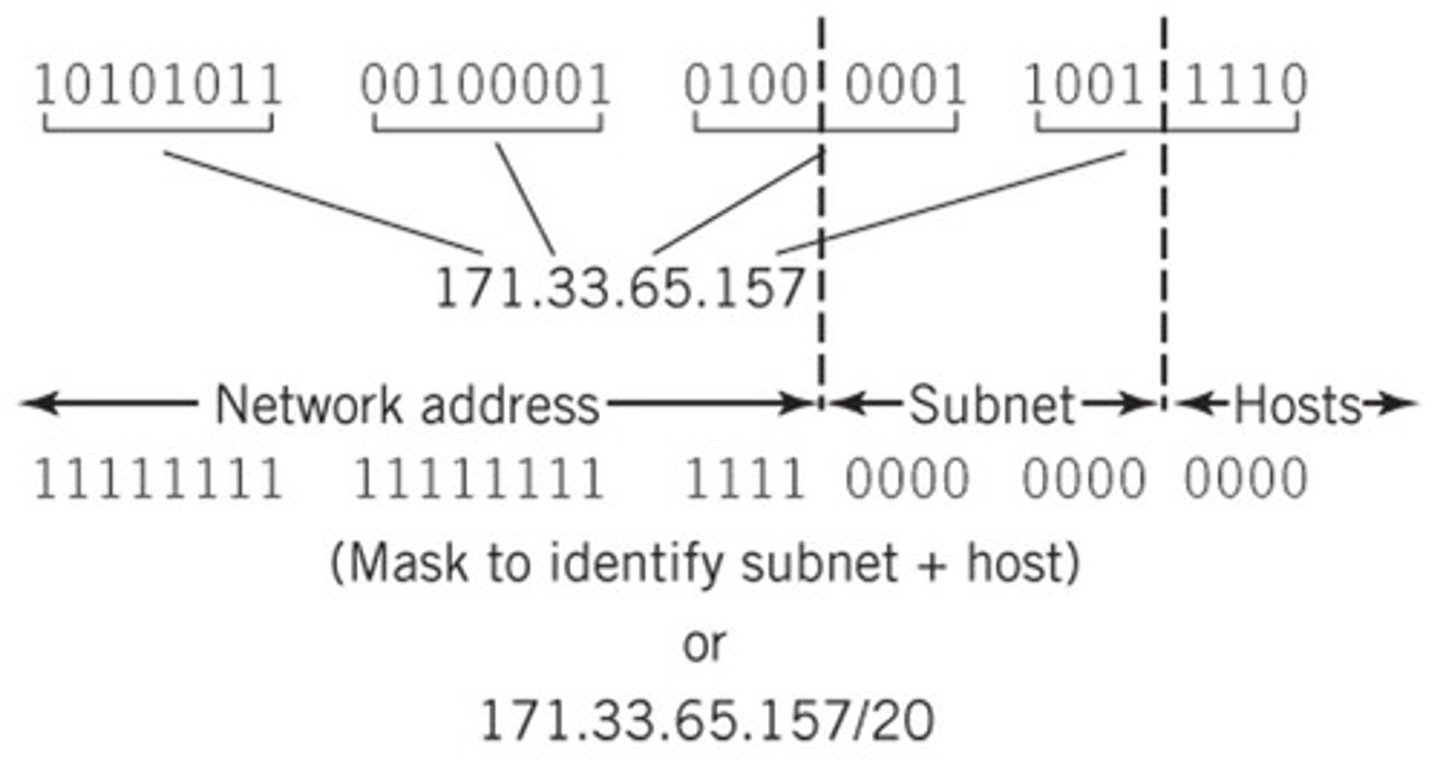MODULE 8 Ethernet and TCP/IP Networking Overview
1/66
There's no tags or description
Looks like no tags are added yet.
Name | Mastery | Learn | Test | Matching | Spaced |
|---|
No study sessions yet.
67 Terms
What is the purpose of a communication protocol model?
To implement a hierarchical protocol stack where each layer contributes information used by the corresponding peer layer at the receiver node.
What are the advantages of separating tasks in a communication protocol model?
It adds flexibility, simplifies protocol design, allows modification or substitution of protocols without affecting unrelated tasks, and enables selection of only the necessary protocols for a specific application.
What does TCP/IP stand for?
Transmission Control Protocol/Internet Protocol.
How many layers are recognized in the TCP/IP model?
Five layers, although layers 1 and 2 are not specified in the standard.

What is the function of Layer 1 in the TCP/IP model?
It is the Physical Layer where communication occurs as a stream of bits, primarily implemented in hardware by a network interface controller (NIC).
What does the Physical Layer define?
The medium, signaling method, signal parameters, carrier frequencies, lengths of pulses, synchronization, and timing issues.
What is the role of the Data Link Layer (Layer 2) in the TCP/IP model?
It is responsible for the reliable transmission and delivery of packets between two adjacent nodes, with packets referred to as frames.
What are the two sublayers of the Data Link Layer?
The Software Logical Link Control (LLC) sublayer and the Hardware Medium-Access Control (MAC) sublayer.
What functions does the LLC sublayer perform?
Error correction, flow control, retransmission, packet reconstruction, and IP datagram/frame conversions.
What is the primary responsibility of the MAC sublayer?
To define procedures for accessing the channel, detecting errors, and providing services such as data encoding, collision handling, synchronization, and multiplexing.
What is the Ethernet frame format?
It is an implementation of the Data Link Layer (Layer 2) in the TCP/IP model.

What is the function of an Ethernet switch?
It keeps a table of MAC addresses accessible through each of its ports, permitting point-to-point connections between any pair of nodes.
What is a key feature of switched Ethernet networks?
They allow multiple pairs of nodes to connect simultaneously in full-duplex mode, operating at the maximum bit rate of the network.
Why are there no collisions in a switched Ethernet network?
Because each pair of connections operates independently, allowing simultaneous communication without interference.
What is the significance of the TCP/IP protocol suite?
It encompasses an integrated suite of numerous protocols that work together to guide all aspects of communication.
What is the role of the Network Layer in the TCP/IP model?
It is responsible for routing packets across the network.
What does the Transport Layer do in the TCP/IP model?
It ensures reliable data transfer and provides error recovery and flow control.
What are IP addresses used for?
To identify devices on a network and facilitate communication between them.
What is the purpose of Domain Names and DNS Services?
To translate human-readable domain names into IP addresses.
What does Quality of Service (QoS) refer to in networking?
It refers to the overall performance of a network, particularly in terms of bandwidth, latency, and error rates.
What is network security concerned with?
Protecting data during transmission and ensuring the integrity and confidentiality of information.
What is the primary mode of operation for Wi-Fi in wireless Ethernet?
Infrastructure mode, based on shared access point.
What protocol does Wi-Fi use for collision avoidance?
CSMA/CA (Carrier Sense Multiple Access with Collision Avoidance).
How does a station determine when to transmit in CSMA/CA?
The station waits until the channel is clear plus a short random amount of time.
What options may be used in CSMA/CA to improve collision avoidance?
'Request to send' and 'clear to send' options.
What is the alternative mode of Wi-Fi that assumes direct connections between nodes?
Ad hoc mode.
What type of network topology does ad hoc mode use?
Partial mesh network topology.
What is the role of the Network Layer (Layer 3) in networking?
Responsible for routing packets from the source end node to the destination end node through intermediate nodes.
What is the primary protocol used at the Network Layer?
IP protocol.
What type of delivery service does the Network Layer provide?
Unreliable, best-effort delivery service.
What is the size range of a datagram in the Network Layer?
From 20 to 65,536 bytes.
What is the header size range for a datagram?
Between 20 and 60 bytes.
What happens to packets during communications within a local network?
No routing is required; physical addresses for corresponding IP addresses are looked up in a table.
What does the IP layer do when sending communications outside of the local network?
Removes the current node address, determines the next node address, adds it to the packet, and passes it to the data link layer.
What are the two major functions of the IP operation?
Routes datagrams from node to node and translates IP addresses to physical addresses.
What protocol is used for translating IP addresses to physical addresses?
Address Resolution Protocol (ARP).
How does ARP function in the network?
It broadcasts the IP address to every node on the network to find the corresponding physical address.
What is the purpose of the header that IP appends to a datagram?
To include the physical address before passing the datagram to the data link layer.
What is the significance of datagram packet switching in the Network Layer?
It allows for the routing of packets through intermediate nodes using logical IP addresses.
What does the term 'best-effort delivery service' imply in the context of the Network Layer?
It means that the network layer does not guarantee delivery of packets.
In what scenarios is ad hoc mode rarely used?
In situations where direct connections between nodes are not common or practical.
What is a key characteristic of the infrastructure mode in Wi-Fi?
It is based on a shared access point.
What does the matching node respond with in networking?
A physical address (MAC address in the case of Ethernet) is sent in frame to the data link layer.
What is the role of the transport layer in networking?
The transport layer provides services that support reliable end-to-end communications, establishes connections, and ensures flow control, data assurance, reordering of packets, error recovery, and connection termination.
What is the purpose of the Address Resolution Protocol (ARP)?
ARP is used to map IP addresses to physical MAC addresses in a local area network.
What does ICMP stand for and what is its function?
ICMP stands for Internet Control Message Protocol, which creates error messages for failures at the network layer.
What are typical messages generated by ICMP?
Typical messages include 'Destination Host Unknown' and 'Time to Live Exceeded'.
What is packetization in the transport layer?
Packetization is the process of breaking up a message into packets of reasonable size.
What are port addresses used for in the transport layer?
Port addresses are used to identify the application that is to receive the message.
What is the length of a port address?
Port addresses are 16 bits in length.
What are well-known port numbers?
The first 1024 port numbers are called well-known ports because they are standard addresses specified for most common applications.
What is a socket in networking?
A socket is defined by a combination of the IP address and port number, identifying which computer and which application on that computer.
What is TCP and its main characteristic?
TCP stands for Transmission Control Protocol, which is a connection-oriented, reliable delivery service.
What is the purpose of the three-way TCP connection handshake?
The three-way handshake establishes a connection between two devices before data transmission begins.
What is the structure of an IPv4 address?
An IPv4 address is 32 bits long, divided into 4 octets.
What are the two methods to distribute IP addresses more efficiently?
Network Address Translation (NAT) and Dynamic Host Configuration Protocol (DHCP).
What is the function of DHCP?
DHCP maintains a bank of available IP addresses and assigns them dynamically to computers when they connect to the network.
What is IPv6 and how does it differ from IPv4?
IPv6 is intended to replace IPv4 and provides 128-bit addresses arranged as eight groups of four-digit hexadecimal numbers.
What is the purpose of the Domain Name System (DNS)?
DNS translates domain names into IP addresses, allowing users to access websites without memorizing IP addresses.

What does QoS stand for and what is its purpose?
QoS stands for Quality of Service, which reserves and prioritizes channel capacity for packets that require special treatment.
What are the main categories of network security?
Intrusion, confidentiality, authentication, data integrity, non-repudiation, and availability.
What is the role of a firewall in network security?
A firewall restricts unauthorized access to or from a private network.
What is the difference between symmetric and asymmetric cryptography?
Symmetric cryptography uses the same key for encryption and decryption, while asymmetric cryptography uses a pair of keys (public and private).
What does the OSI Session Layer do?
The OSI Session Layer establishes, controls, and terminates sessions between applications.
What is the function of the OSI Presentation Layer?
The OSI Presentation Layer presents data in a format that is understandable to the receiving application, including data conversions and transformations.
What is the significance of cellular technology in networking?
Cellular technology, such as 5G, provides standard TCP/IP protocol services and requires additional protocols for handoff and movement between cells.
What is the role of masks in IPv4 addressing?
Masks are used to separate the different parts of an IPv4 address into network address, subnets, and hosts.
